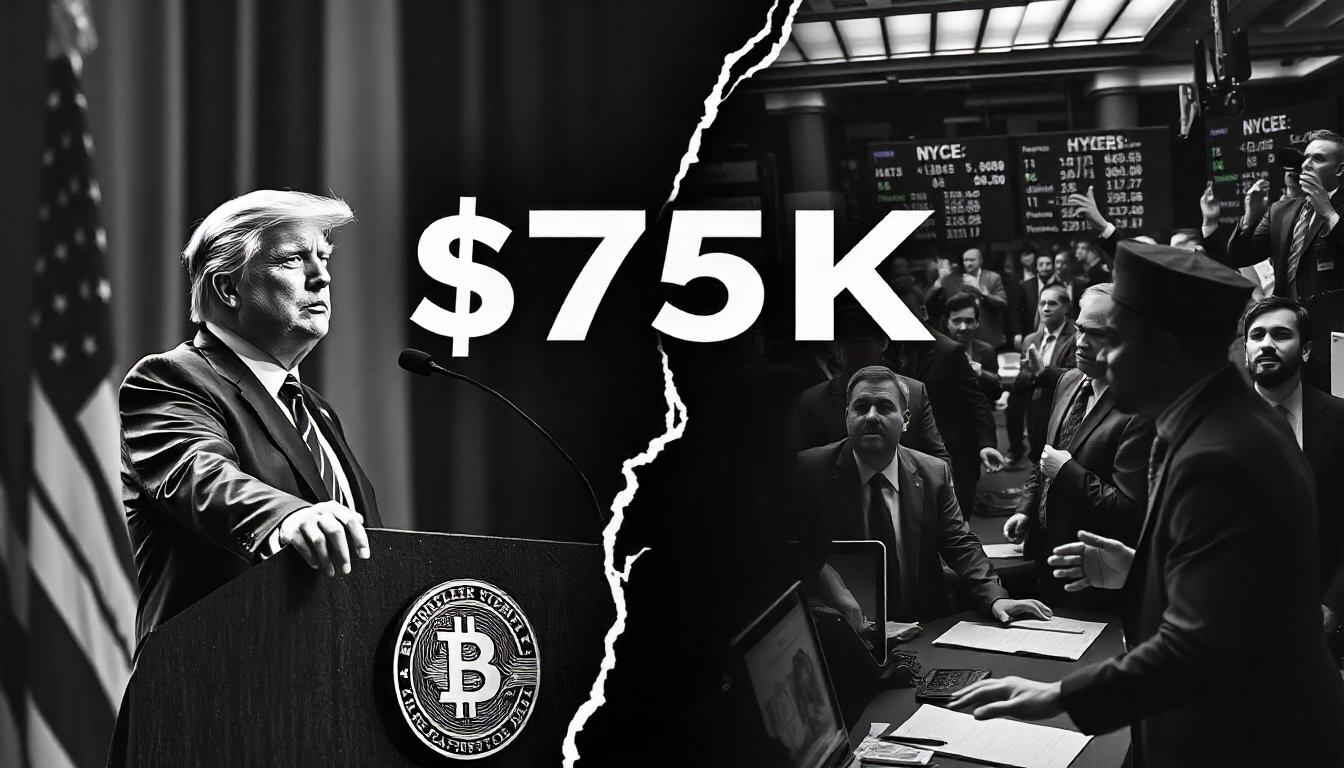The likelihood of Bitcoin (BTC) falling to $75,000 by March 28 has surged to 22%, up from 10% just a week ago, following a renewed trade conflict between the U.S. and its key trade partners, according to on-chain options data from Derive.xyz. The escalation of tensions, including tariffs imposed by President Trump on Mexico, Canada, and China, has raised concerns that inflation could rise globally, complicating the ability of central banks—particularly the Federal Reserve—to lower interest rates.
The tariffs, which include 25% levies on imports from Mexico and Canada and 10% on Chinese goods, are expected to stoke inflation, potentially dampening investor sentiment in the cryptocurrency markets. Derive.xyz stated that these concerns, coupled with broader economic uncertainties, could weigh on the price of Bitcoin.
In the short term, Bitcoin has already fallen by 11% to $93,700 in the past four days, with Ethereum (ETH) also suffering losses, dipping below $2,200 for the first time since early August. Many technical analysts believe that Bitcoin may be setting up for a double top reversal, which could push the price down to $75,000.
Despite the bearish short-term outlook, some experts are optimistic about the long-term prospects of cryptocurrencies. Arthur Hayes, former BitMEX CEO and now the Chief Investment Officer at Maelstrom, predicted that Bitcoin could drop to around $75,000 before rallying in a larger bull market.
Looking ahead, Derive believes that the overall outlook remains positive, citing increased activity in spot ETF filings for various digital assets, including DOGE, SOL, XRP, and LTC, by major institutional players like Bitwise and Grayscale. If the SEC approves these filings, it could signal greater acceptance of digital assets, potentially spurring further capital inflows into the market.
Bitwise’s Andre Dragosch also expects the Fed to intervene to stabilize the market, noting that it may eventually reintroduce quantitative easing to curb the strength of the U.S. dollar and mitigate global economic slowdowns.





